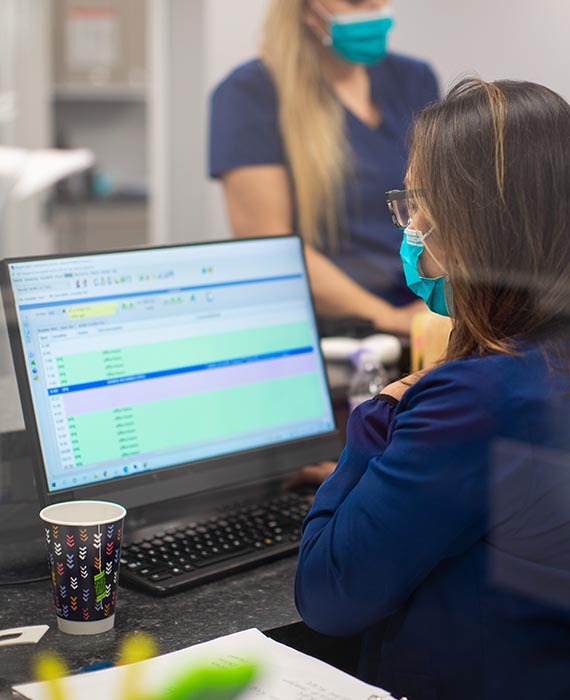Peripheral Arterial Disease (PAD)
Reduced blood flow to the limbs due to plaque buildup. Symptoms include leg pain, cramping, or ulcers. Treatments include angioplasty, stenting, and atherectomy.

Dr. Daniel Simon and Dr. Mir Ahmad are among the leading vascular and renal dialysis specialists in New Jersey with 20+ years of experience and 3,000+ surgeries performed.
Freehold
77 Schanck Rd Ste B3, Freehold, NJ 07728
Parsippany
299 Cherry Hill Rd Suite 104, Parsippany, NJ 07054

Comprehensive care for PAD, venous disease, and dialysis access using minimally invasive endovascular techniques.
Reduced blood flow to the limbs due to plaque buildup. Symptoms include leg pain, cramping, or ulcers. Treatments include angioplasty, stenting, and atherectomy.
Comprehensive dialysis access management including catheter placement, fistulograms, thrombectomy/thrombolysis, and stent placement to keep access functional.
Diagnosis and treatment of venous insufficiency, varicose veins, painful swelling, blood clots, and recurrent leg infections with evidence‑based protocols.
Our board‑certified team delivers patient‑centered care backed by decades of experience.
20+ years experience • 3,000+ surgeries
Minimally invasive endovascular techniques
Medicare • Self‑pay accepted • Credit cards accepted • Payment plans available